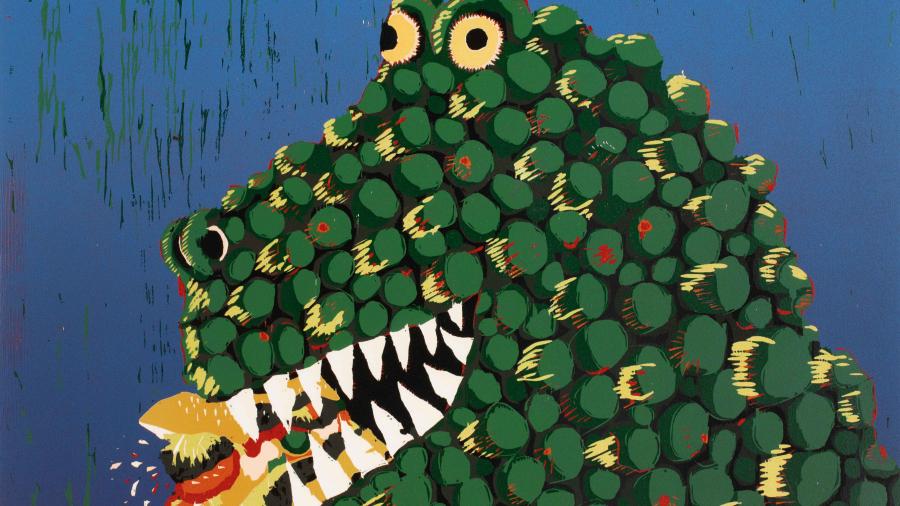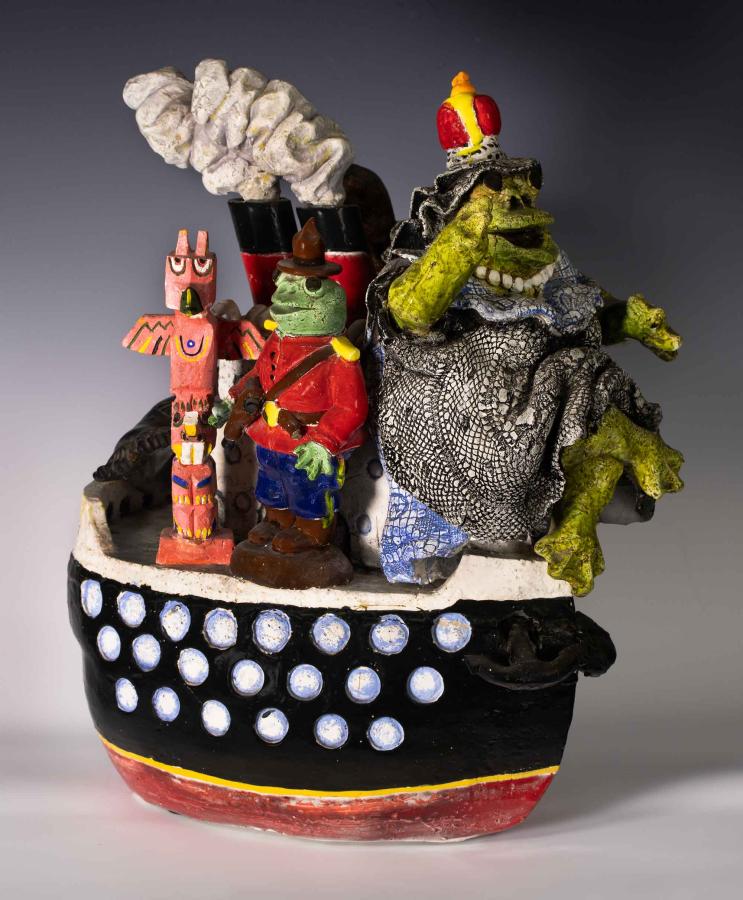Westmont News
Art Exhibition Goes 'Between Planes' Exploring 'Sculpture Through Print'

By
Scott Craig
The Westmont Ridley-Tree Museum of Art explores artistic vision across two-dimensional and three-dimensional media in “Between Planes: Exploring Sculpture Through Print” from Nov. 13-Dec. 20. There will be a free, public opening reception on Thursday, Nov. 13, from 4-6 p.m. at the museum.

“A sculpture and a print exist in two different planes; each expresses something the other cannot,” interim museum director Chris Rupp says. “Viewing a sculpture and print together illuminates the full exploration of a theme, with each medium informing the other to create a fuller picture.”
The exhibition is also a tribute to the generosity of Westmont alumni Dewayne (‘62) and Faith Perry (‘62), whose gifts over the years helped create a special print acquisition fund for the museum. In 2009, the museum purchased Jacques Lipchitz’s “Bellerophon Taming Pegasus,” the first print by a sculptor purchased through the Perry Print Acquisition Fund.

Today, the museum’s collection has grown to more than 475 works on paper.
Numerous works from the Perry’s private collection have been featured in exhibitions on Westmont’s campus over the years, with a set of prints by Giovanni Pitteri on permanent display in the foyer of Kerrwood Hall. “The Perry’s keen eyes and many years of thoughtful acquisitions led to a collection of more than 4,000 old master prints, including household names such as Dürer, Rubens, Rembrandt, Whistler, Turner and hundreds more lesser-known printmakers,” Rupp says.
One unique area of print collecting in which the museum has focused is prints made by sculptors. “Often, printmaking becomes a place to experiment, functioning as a sketchbook or laboratory for working through artistic thought prior to a sculpture,” Rupp says. “Prints created post-sculpture can also serve as a means of reflection or expansion on a concept.”
Admission is free to the museum, which is open weekdays 10 a.m.-4 p.m. and Saturdays 11 a.m.-5 p.m. It is closed on Sundays and college holidays. To learn more about the museum, upcoming museum events, or becoming a museum member visit: www.westmont.edu/museum.